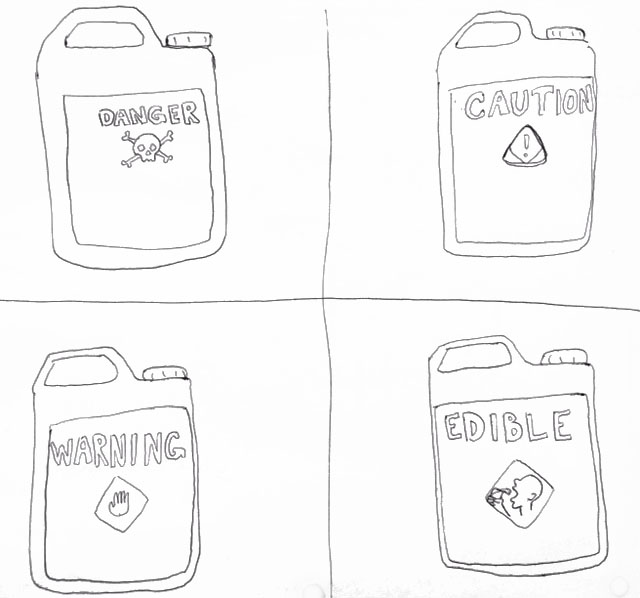
|
|
|
|

|
|||
|
|
|||
|
|
|||
Herbicides have gotten easier to handle and safer to use each year. Not only are some products less toxic but many are easier to use. Some are less volatile(Clarity,GoalTender),some are easier to handle(Kerb,Dactal,Treflan Granules,Prowl H2O) and some have sorter rotational intervals (Kerb). Herbicides, in general, are not highly toxic. Of the 50 most commonly used herbicides here, 41 have a “Caution”signal word on the label. 7 have a “Warning” label and only 2 have “Danger” on the label. Caution are those products that are least toxic if eaten, inhaled or absorbed through the skin. Most are only slightly toxic. Those with a warning label are moderately toxic. Only two of the 50 have a “Danger” label. These are the most toxic. Toxicity is determined by testing various doses on animals. LD50 is the dose that will kill 50% of the test animals and is usually expressed in milligrams of chemical per kilograms of the animals body weight. When feed, it is the oral LD50 and when the skin is exposed it is the dermal LD50. The lower the LD50 the more toxic the chemical. |
|||
| Back | |||
|
For questions or comments on any of the topics please contact Marco Pena at the Yuma Agricultural Center.
|
|||
|
Home |
Cotton | Veggies |
Forages | Grains
| Citrus |
Crop x Crop Insects | Diseases| Weeds | Pesticides | Economics | News | Weather | Research | Photos | Contacts | General Info. Copyright © 2001 University of Arizona, College of Agriculture and Life Sciences Webmaster: Al Fournier (acis@ag.arizona.edu) |
|||

